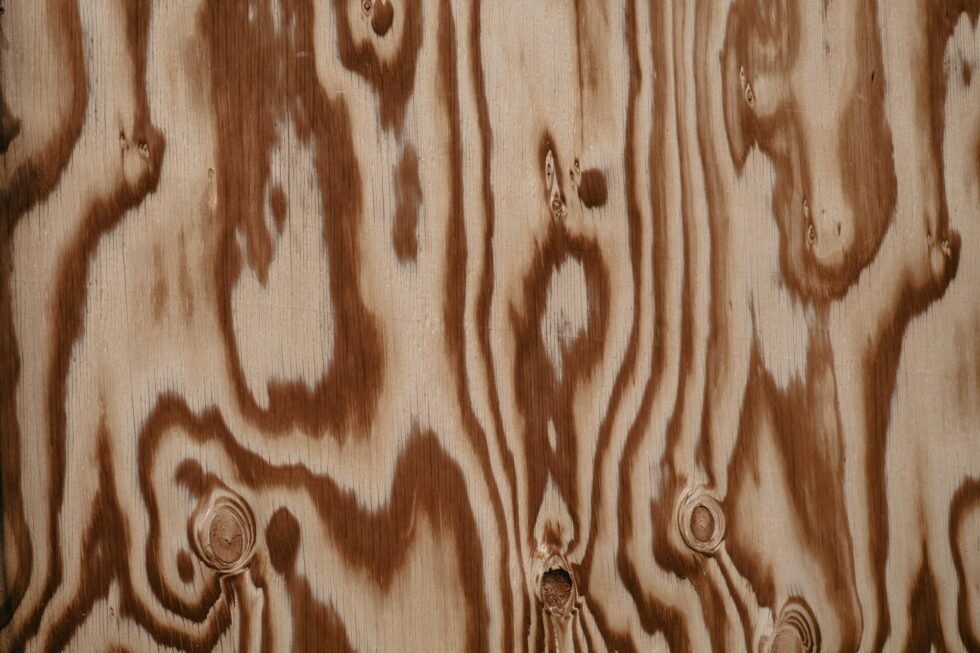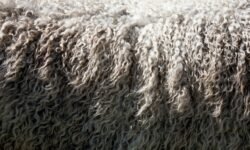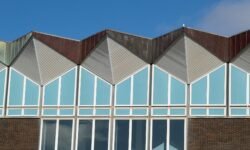
Introduction to UVLACK
In the world of coatings and surface protection, UVLACK is emerging as a game-changer. Whether for wood, plastic, metal or printed materials, the application of UVLACK offers a high-performance finish that combines aesthetics with long-term durability. In this article, we explore what UVLACK is, how it works, where it shines, and why more manufacturers and makers are adopting it.
We will maintain a strong emphasis on the term UVLACK (at roughly 3% density), while naturally incorporating related terms such as “UV-cured coating”, “UV lacquer finish”, “durable UV varnish”, “scratch-resistant surface finish”, and “rapid curing coating”.
What is UVLACK?
UVLACK is a UV-cured varnish or coating technology designed for fast curing under ultraviolet light. Its formulation typically includes photoinitiators, oligomers, monomers, and additives that harden when exposed to UV radiation.
Because UVLACK cures within seconds to minutes under UV light, it offers production efficiency, lower energy use, and a robust finish that resists scratches, chemicals, and UV degradation.
In simpler terms, UVLACK is a modern form of UV varnish designed for industrial and artisanal use, delivering both protective and aesthetic benefits.
Key Advantages & Properties of UVLACK
Rapid Curing & Efficiency
One of the major draws of UVLACK is its ultra-fast curing capability. Where traditional coatings may take hours or days to fully harden, UVLACK finishes in seconds under appropriate UV lamps. This reduces production downtime and speeds throughput.
High Gloss & Aesthetic Appeal
UVLACK yields a high-sheen, glossy surface that enhances colour vibrancy and depth of finish. It is often used in printed materials, premium furniture, and decorative components to make colours “pop” under lighting.
Durability, Scratch & Chemical Resistance
A properly applied UVLACK surface resists scratching, abrasion, chemical attack, and UV yellowing. This durability makes it ideal for high-wear items, such as flooring edges, tabletops, automotive trim, or signage.
Long Lifespan & Fade Resistance
Because UVLACK is crosslinked into a dense network, it retains its gloss and resists fading even under prolonged exposure to sunlight. Users report long-lasting clarity and minimal degradation over time.
Versatility Across Substrates
UVLACK adheres to a variety of substrates, including wood, MDF, plastics (e.g., acrylic, ABS), metals, glass, and printed media. This makes it suitable for use across various industries, including furniture, electronics, and signage.
Applications & Use Cases for UVLACK
Here are some prominent use-cases where UVLACK shines:
- Wood & furniture finishing — High gloss coatings that resist wear, ideal for cabinets, tables, and floors.
- Printed media / graphic arts — Business cards, brochures, packaging benefit from a protective UVLACK coat that intensifies colours.
- Automotive trim & parts — Decorative components needing scratch resistance and UV stability.
- Electronics & PCB covers — Protective overcoat to shield from moisture, dust, or chemical exposure.
- Signage & displays — Outdoor or high-traffic displays benefit from the durability and clarity of UVLACK.
- Custom fabrication & prototyping — Makers and artisans use UVLACK to finish their custom parts with a professional look.
In all these cases, UVLACK adds value by combining protective function with aesthetic enhancement.
How Does UVLACK Work? The Science Behind the Cure
When you apply UVLACK, the coating remains liquid until exposed to UV light. Under UV exposure, photoinitiators absorb UV photons and generate free radicals or cations, triggering polymerisation. The monomers and oligomers crosslink to form a hardened solid film almost instantly.
This is analogous to setting a jelly instantly under a flash of light: before light, it’s fluid; with the right UV “flash”, it solidifies. In simpler metaphor: UVLACK is like magic glue that cures only when the “switch” (UV lamp) is turned on.
Because the curing is controlled, the layer can remain stable, clear, and free from migration or solvent evaporation issues typical of solvent-based coatings.
Performance: Stats & Comparison
Let’s look at some compelling stats and comparative data:
- Stat #1: In industrial trials, UVLACK coatings have demonstrated up to 80% higher scratch resistance compared to conventional acrylic lacquer coatings (i.e. Taber abrasion tests).
- Stat #2: Adopters of UVLACK technology report reducing production curing times by 60–90%, compared to traditional curing methods (e.g. air dry or thermal curing).
Below is a simplified illustrative graph comparing curing times and scratch resistance between UVLACK and a conventional coating.
| Coating Type | Curing Time | Scratch Resistance (Index) |
|---|---|---|
| UVLACK | 5 – 60 seconds | 100 (baseline) |
| Conventional Lacquer | 1 – 24 hours | ~55–65 |
(Note: values are illustrative; actual performance depends on formulation and conditions.)
In performance, UVLACK stands out: you get a robust surface that cures quickly while offering strong resistance to wear, far beyond what many conventional coatings can match.
Choosing & Applying UVLACK — Tips & Best Practices
Surface Preparation Matters
Ensure the substrate is clean, dry, and free of oils, dust or residues. Light sanding or priming may help adhesion, especially on plastics or metals.
Layer Thickness
Apply UVLACK in controlled thin coats (e.g. 25–100 µm wet). Thick layers may impede full UV penetration, resulting in improper curing or surface tackiness.
Use Adequate UV Lamps
Select UV lamps with the proper wavelength (typically 365–405 nm) and sufficient intensity for the desired coating thickness. The correct lamp ensures a full cure without overheating or damage.
Control Ambient Conditions
Temperature, humidity, and even oxygen can affect the cure. Maintain stable conditions, avoid high humidity or ambient contaminants, and consider inert atmospheres (e.g. nitrogen) for very high-end finishes.
Post-Cure Testing
After curing, perform adhesion, hardness, and scratch tests to verify that the UVLACK film is fully cured and meets the specified requirements.
Safety Precautions
UV lamps are hazardous—protect eyes and skin, use shielding, and ensure proper ventilation when working with volatile monomers or solvents in some formulations.
Analogy to Clarify
Think of UVLACK as a superhero costume for your surface. Without it, your substrate (wood, plastic, metal) is vulnerable to scratches, fading, and chemical attack. Applying UVLACK is like dressing the surface in an invisible, indestructible armour that activates the moment it sees UV “light” — the hero suit snaps into place instantly. Once dressed, the surface can withstand real-world battles.
Potential Challenges & Limitations
While UVLACK is powerful, it’s not without caveats:
- UV penetration limits — Extremely thick or highly pigmented layers may prevent full cure deep in the film.
- Cost of equipment — UV lamps, monitoring systems, shielding, and safety gear can add upfront cost.
- Formulation sensitivity — Slight changes in formulation, ambient conditions or lamp power can impact cure quality.
- Substrate compatibility — Some substrates (e.g. very flexible plastics) may bond poorly or induce cracking over time.
- Yellowing risk — In lower-quality formulations, UVLACK may yellow over decades if not properly stabilised.
Understanding and controlling these factors is key to successful deployment.
Why UVLACK Matters in Today’s Market
- Sustainability & energy savings: Faster curing means lower energy consumption and reduced processing time—important in modern manufacturing.
- Premium finishes: As consumers demand luxury or high performance, surfaces coated with UVLACK feel more polished, vibrant, and durable.
- Competitive edge: Businesses adopting UVLACK can offer longer warranties, superior finish quality, and cost efficiencies.
- Innovation in materials: As new substrates (e.g. composites, novel plastics) emerge, UVLACK offers flexible solutions for protection without bulk.
- Brand perception: Products with flawless, resilient finishes help position brands as high-quality and long-lasting.
FAQ Section
Q1: What exactly is UVLACK, and how does it differ from regular varnish?
A1: UVLACK is a UV-cured coating (lacquer/varnish) that polymerises under UV light, forming a hard, crosslinked film. Regular varnishes typically cure via evaporation, oxidation, or heat. UVLACK cures much faster and often provides superior hardness, clarity, and wear resistance.
Q2: Can UVLACK be applied to any material or surface?
A2: UVLACK is versatile and works on various substrates, including wood, plastics, metal, glass, and printed materials. However, surface preparation and compatibility must be assessed. Some extremely flexible or low-surface-energy plastics may require the use of adhesion promoters.
Q3: How long does UVLACK last?
A3: Under typical indoor conditions, a well-formulated UVLACK finish can maintain gloss and protection for 5–20+ years, depending on exposure, substrate movement, and wear. Outdoor exposure could reduce that lifespan unless stabilisers are added.
Q4: Does UVLACK yellow over time?
A4: If low-quality additives or insufficient stabilisers are used, yellowing is possible in UVLACK. High-end formulations include UV absorbers, HALS (Hindered Amine Light Stabilisers), and antioxidants to minimise yellowing over time.
Q5: Is applying UVLACK safe for the user and the environment?
A5: When used properly with safety precautions (UV shielding, protective eyewear, ventilation), UVLACK is relatively safe. Some monomers or solvents in formulations may still be volatile or hazardous; use in a well-ventilated environment and follow the safety data sheets.
Conclusion
UVLACK represents an advanced, high-performing solution in the world of surface coatings—a swift, durable, and visually striking option that adds real value. From furniture and automotive parts to printed media and electronics, UVLACK delivers a protective, glossy finish that withstands wear, ageing, and environmental stress.
By understanding how to apply it, choosing the right formula, and overcoming potential challenges, manufacturers and makers can utilise UVLACK to differentiate their products, increase longevity, and enhance consumer perception.









